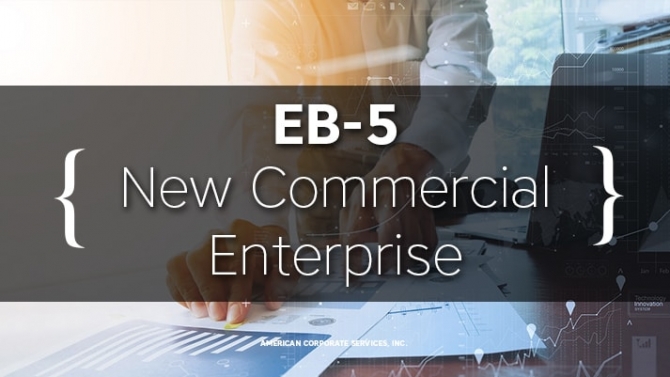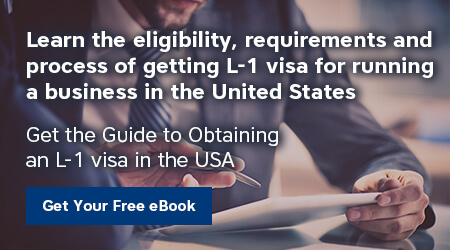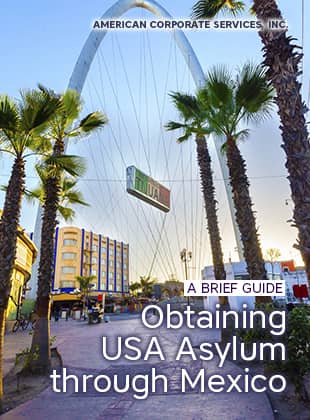The EB-5 entrepreneurial business visa was introduced in 1990 for the express purpose of stimulating the U.S. economy by using private foreign investments as capital expenditures to create jobs.
The EB-5 Direct Investor Visa program is still in effect and is not in danger of being eliminated. Should the U.S. Congress fail to extend the EB-5 Regional Center program, the Direct Investor program will remain.
Direct investors are required to:
- Invest USD 1 million that was proven to be lawfully sourced.
- Or, alternatively, invest USD 500,000 in a lawfully designated Target Employment Area (TEA). A TEA was defined primarily as a rural area or an existing area where the jobless rate was 50% higher than the national average.
- Invest in a new commercial enterprise that creates 10 new, full-time jobs.
- Have their funds entirely at risk (just as any business owner would).
- Be involved in the management of the enterprise.
This is the first of a series of articles that will address and clarify the EB-5 Direct Investor Visa program.
What Is a New Commercial Enterprise?
It is important to understand how the U.S. Citizenship and Immigration Services (USCIS) defines “New Commercial Enterprise” because they USCIS must approve the business activity as part of the application process.
“Commercial enterprise means any for-profit activity formed for the ongoing conduct of lawful business.”
A commercial enterprise may be in the form of a sole proprietorship, a partnership, a corporation, a joint venture, a business trust, or a holding company. It may also include any other publicly or privately-owned business entity approved by the USCIS.
It is the New Commercial Enterprise that must bear the burden of creating a minimum of 10 new, full-time jobs. It is important to distinguish this factor as opposed to the common supposition that it is the Direct Investor’s responsibility. The 10-job minimum was established to help ensure that the program would have the desired economic effect.
Given an employee base that includes supervisors and managers, it is not unreasonable to assume that payroll, exclusive of ownership, would be in the area of $175,000 to $250,000. That’s enough to stimulate the economy in a small town – which is exactly what the original Direct Investment program was designed to do. We’ll discuss more about that in an upcoming article.
If you have questions, we have answers. Contact us. We are here to help you.










